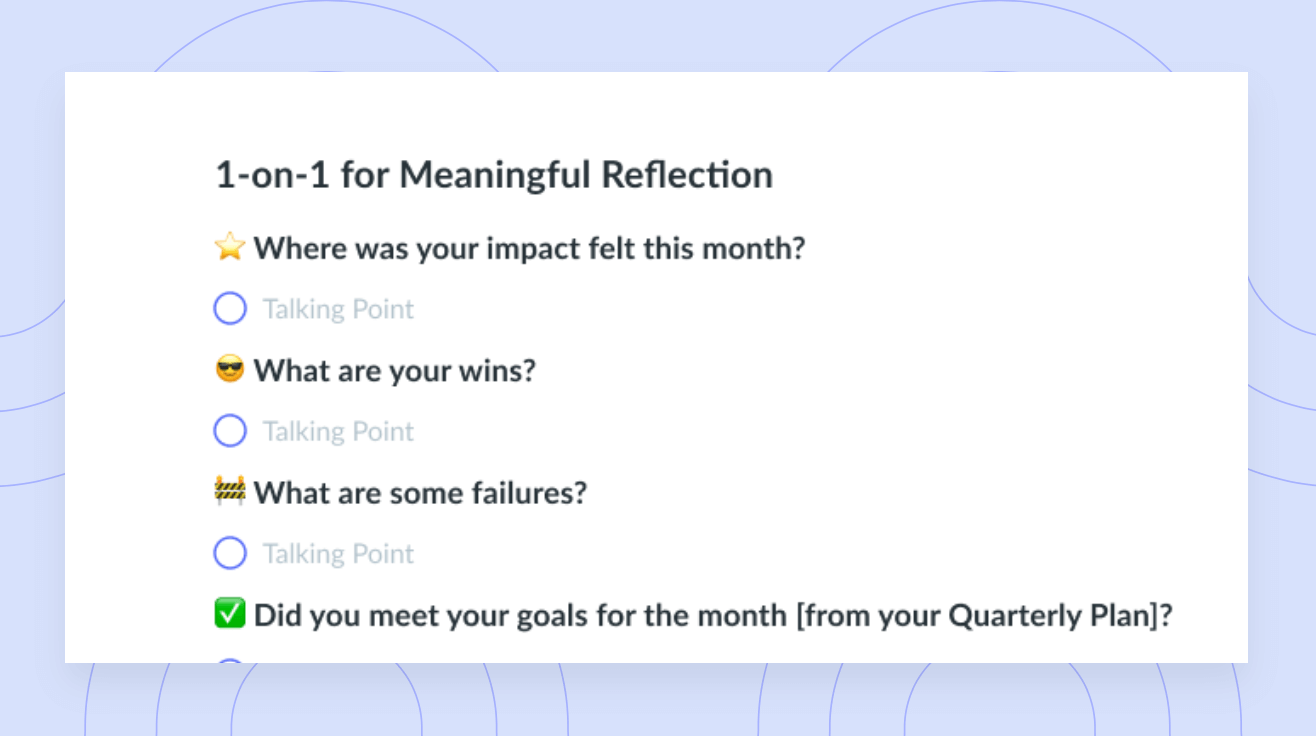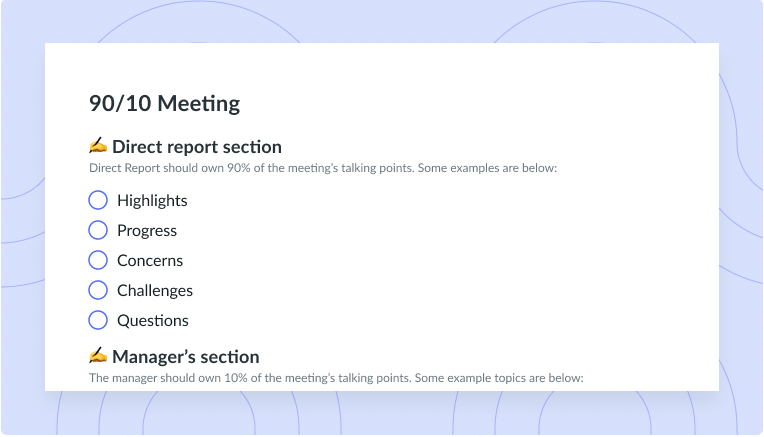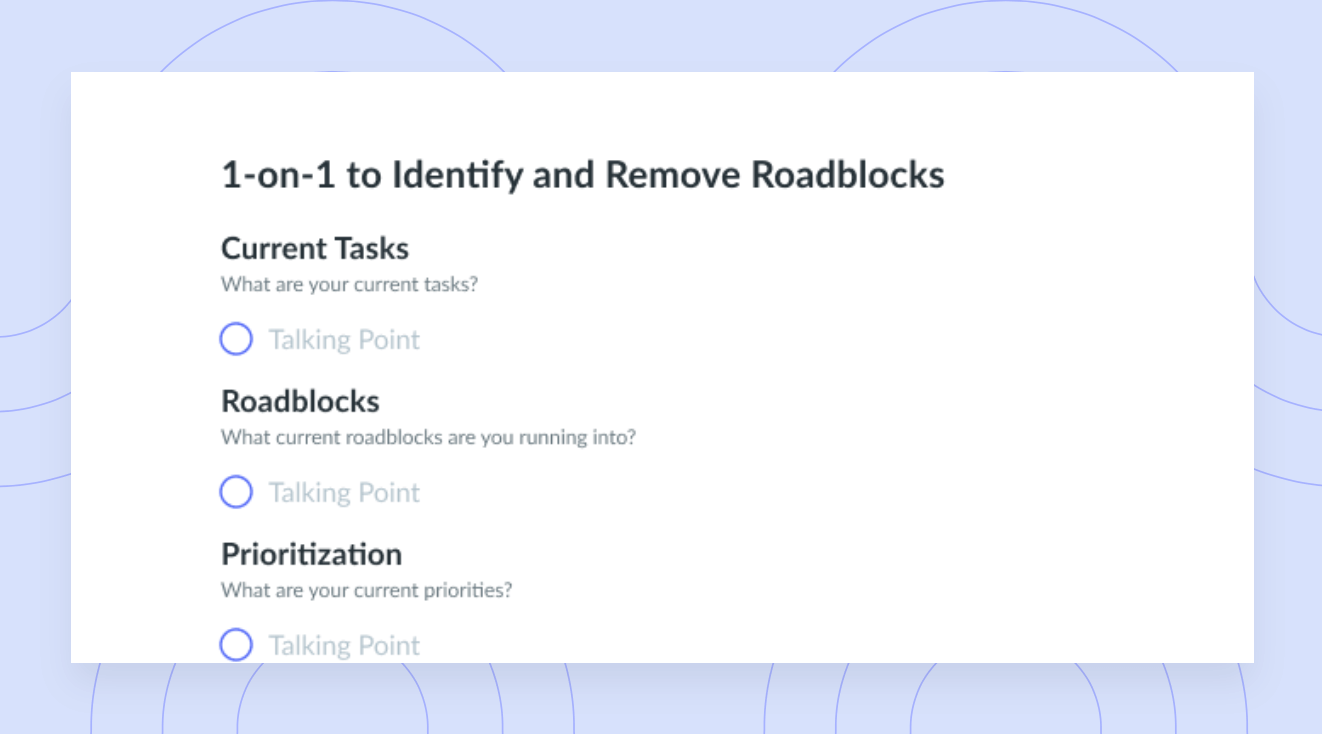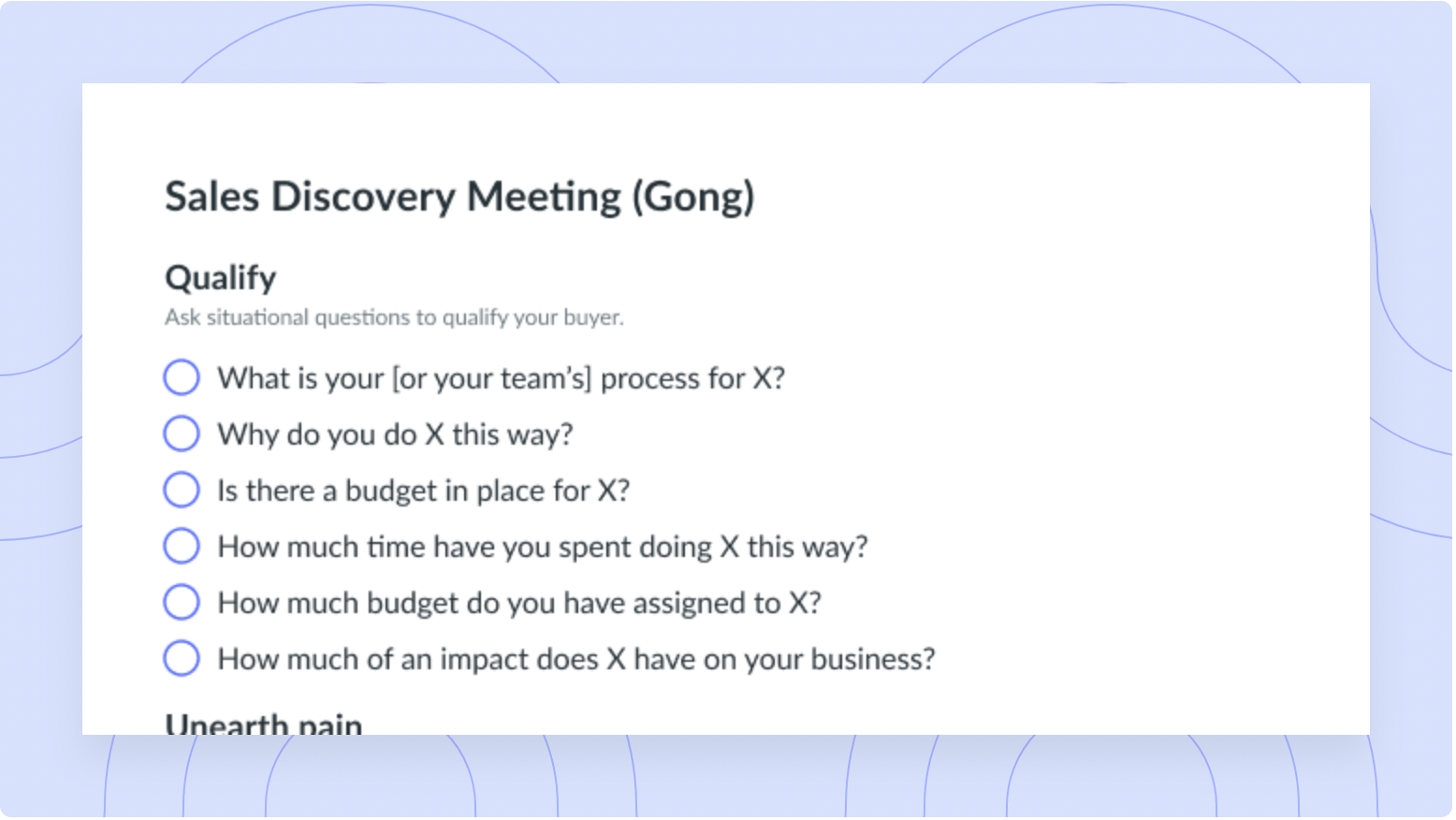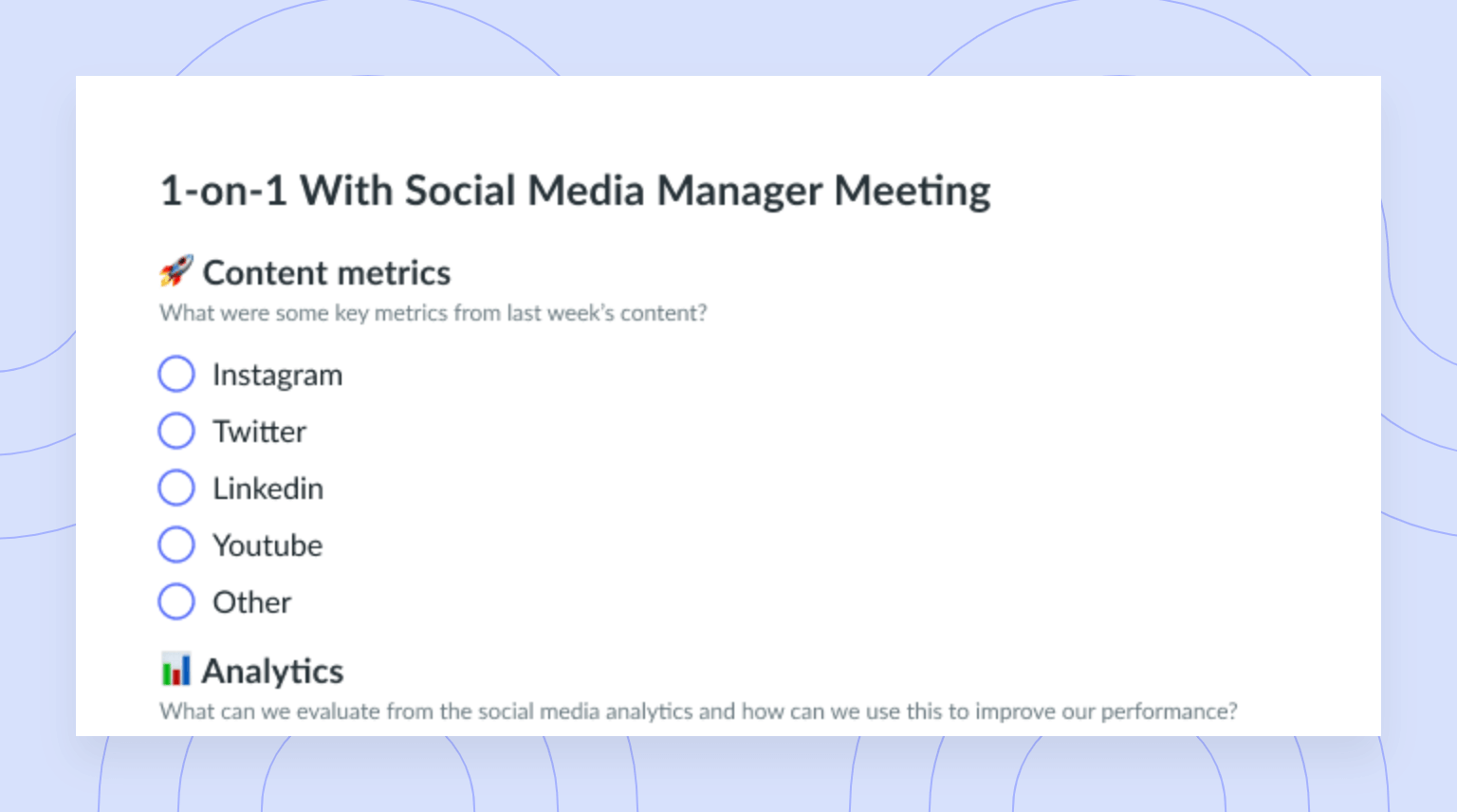Invisible Output: Measuring the Behind-the-Scenes Work of a People Manager
A manager’s time is spent doing behind-the-scenes work, so how can you truly measure whether or not you’re doing a good job?
The first time that it really clicked for me that I was a true manager of people and no longer an individual contributor was when I was preparing for my very first performance review for my new boss. My team had a great year. We completed a record number of projects, we started up a few new initiatives, and our KPIs were on point. We were crushing it and I was proud! There was only one problem – as I began filling out my performance review form, one question on the form asked me to summarize my own specific accomplishments for that year and I was drawing a huge blank.
Despite the goals we had set as a team, I did not personally increase our online impressions, nor did I personally plan and execute our events. I also did not personally develop or publish our corporate materials or the academic reports for which our company was well known. My super amazing direct reports were doing all of these things and I was simply… managing them! Panic started to set in. I remember thinking, “I can’t just write ‘managing people’ on this form! What the heck have I been doing for the last year? Where did the time go?” I was busier than ever but was all my work actually unmeasurable? Truly invisible?
The short answer is no. A manager’s work is not unmeasurable, even though sometimes it sure does feel like everything you’re doing is fairly intangible, like coaching, and mentoring, and planning (and replanning), and going to meetings. And, while measuring your work can certainly be tricky, it’s definitely not impossible.
In that first year, I quickly realized three hard truths about management and measurement:
- Managers need to set measurable goals for themselves, not just goals for their teams
- Managers need to measure outcomes and impacts, not just count outputs
- Managers need to be personally measured on overall effectiveness, not just team performance
How to measure your work as a manager
Now I am by no means a measurement expert or a performance management guru, but one thing I do know is that most companies have some kind of goal-setting activity for their employees and then they analyze results at the end of the year, giving employees feedback and perhaps even doling out raises. The other thing I know is that most people hate this process with a passion and that the process rarely measures whether or not managers are actually good at their jobs.
Simply because you’re climbing the corporate ladder, doesn’t mean that you stop being measured or held accountable for your work. In fact, I firmly believe that if you’re rising in the ranks, you should actually be held to a higher standard and your overall work and impact should be examined much more closely – after all, you’re not just responsible for yourself, but also for the career trajectories of all your staff.
So, if you have found yourself in a management role, here are three things you should be thinking about to measure your overall effectiveness as a manager.
- Set clear goals that focus on outcomes
- Reflect on the managerial inputs that drive impact
- “RARE” indicators
1 Set clear goals that focus on outcomes
Perhaps you’re familiar with the old adage “what gets measured gets done.” Seems smart enough, right? Makes sense, right? Sure, but the problem with this statement is that it focuses on measuring outputs, and managing people is never done, it’s never finished, and it’s not a box you can check at the end of the year.
Instead, I encourage you to think about measurement as it relates to longer-term outcomes and impacts and set your goals accordingly. Ask yourself: What kind of impact do I want my efforts as a manager to have? Below is a simple example that illustrates the difference between task-based and outcome-based goals.
| Goal that focuses on output or task | “Hold weekly one-on-ones with all my staff.” | Measured by counting number of one-on-one meetings |
| Goal that focuses on outcome or impact | “Mentor and support my staff during regular one-on-one meetings, with an aim of increasing overall engagement and productivity.” | Measured through employee engagement score, employee feedback forms, productivity formula etc. |
2 Reflect on the managerial inputs that drive impact
A common mistake managers often make is to simply summarize the success of their overall team in their own performance reviews. While it’s fine to paint this picture, it’s important to explain your precise contributions as a manager too. What specific managerial input did you have that helped your team not just meet its goal, but have an impact? So:
- Instead of: Held weekly product launch meetings and coached direct reports (AKA: You did behind-the-scenes stuff that helped your staff launch product X)
- Try: Developed the strategy for the launch of product X, which focused on reducing overall costs (achieved a 10% reduction) while increasing customer satisfaction (achieved a 17% increase) (AKA: You created the recipe for success that not only helped your team launch product X, but impacted company expenditures and customer satisfaction overall)
Of course, it goes without saying that talking about what you achieved at the end of the year – and your personal managerial inputs – is only possible if you set clear and measurable goals for yourself at the beginning of the year.

Pro tip
Keep track of your impact in a private or shared note with your manager to organize all your tasks as the year goes on with a tool like Fellow.

3 Measure employee engagement with the “RARE” indicators
When it comes to measuring performance, many companies focus on indicators such as productivity, customer satisfaction, and overall profit margins. Measurements like these will always be needed as it paints a useful picture about how the company is performing in relation to its competitors. That said, most of these indicators don’t really get at the heart of how you are performing as a manager. Are you a good manager? Is your team showing results because they are awesome? Or because you are?
To get a clearer picture of your performance as a manager, you need to fully understand overall employee engagement by measuring what I call the “RARE” indicators.
R – Retention: Everyone knows that employees don’t leave companies, they leave bosses. And as such, measuring how many employees are exiting the company is an important performance indicator for management. The formula to measure retention is simple:
# of employees who stayed with your company for the entire time period / # of employees you started with on day one X 100
Now measuring retention must be used with caution: Simply because someone stays with a company does not mean they are doing excellent work or that the managers are doing a good job. There are loads of people that are staying in jobs they hate with managers they despise, because they are able to successfully do the bare minimum, while working with fun colleagues and getting decent pay along with benefits. Measuring retention alone does not paint the full picture – just the outline. Retention should always be considered alongside other indicators.
A – Absenteeism: Absenteeism should not be confused with being absent from work due to vacation or a dentist appointment, for example. Absenteeism is generally defined as an unexcused absence from work, usually without a good reason. And a high rate of absenteeism is a decent indicator that something is wrong – either poor management or poor working conditions. Measuring absenteeism is easy as well:
(average # of employees X missed workdays) / (average # of employees X total workdays)
As a general rule of thumb, an absenteeism rate of around 1.5% is reasonable.
R – Rate of Promotion: Now the rate of promotion may not apply in every company, especially small relatively flat non-profits or new startups where all employees wear multiple hats. But if your company is on the mid-to-large size, measuring employee growth can be a good indicator of overall employee engagement.
# of employees who were promoted / total # of employees X 100
E – Employee Satisfaction: Whether using an external HR firm or doing a simple internal “pulse check,” measuring employee satisfaction through a survey is a good way to understand the views, opinions, and overall attitudes of your direct reports. As a manager, regularly measuring employee satisfaction (about one a year) can help you plan for the future, course correct, and also can help you better understand how you are performing as a manager and where you can improve.
Good managers measure themselves for continuous improvement
In closing, remember this: As a manager, a large portion of your work may indeed go unseen, but your contributions don’t have to be invisible. The best managers are constantly looking at the bigger picture of performance – that is, how the team is performing, how they themselves are performing, and how the company is performing. Don’t get caught up counting outcomes – instead focus more effort on how people are feeling, whether people are growing, and whether or not you are truly making an impact for your employees and your company.









